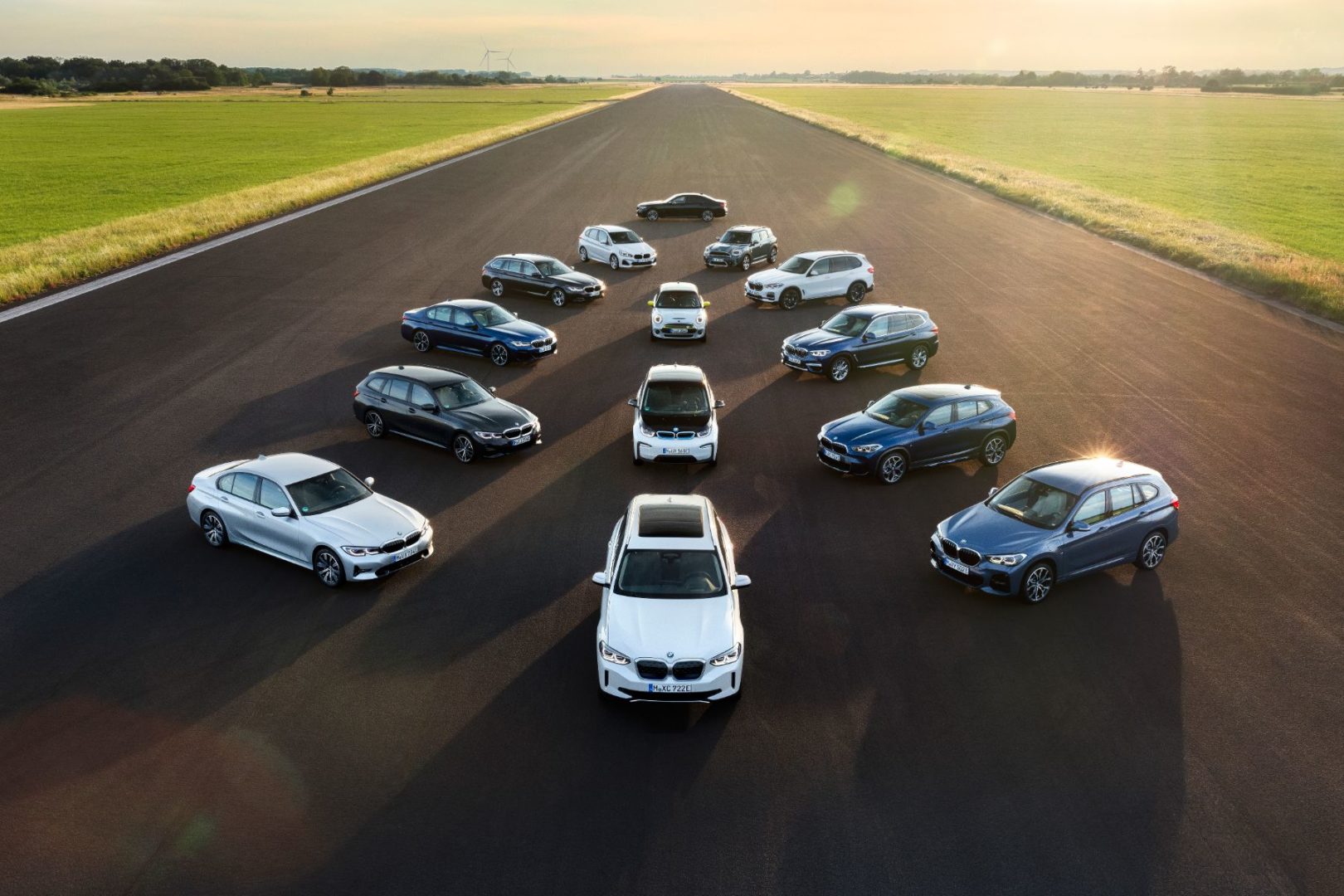
The job of a car salesperson is much harder than it used to be. Once upon a time, the man in the camel coat would have offered you a choice of a saloon, hatchback or estate. And if you went to the posh dealership over the road, perhaps a coupe or convertible as well.
Today, buyers are confronted with seemingly endless shapes, sizes and subcategories of car. So which one is right for you?
To help, we have explained 20 different types of car, with a definition for each one. We’ve included a little background, and an example car for each classification.
Hatchback
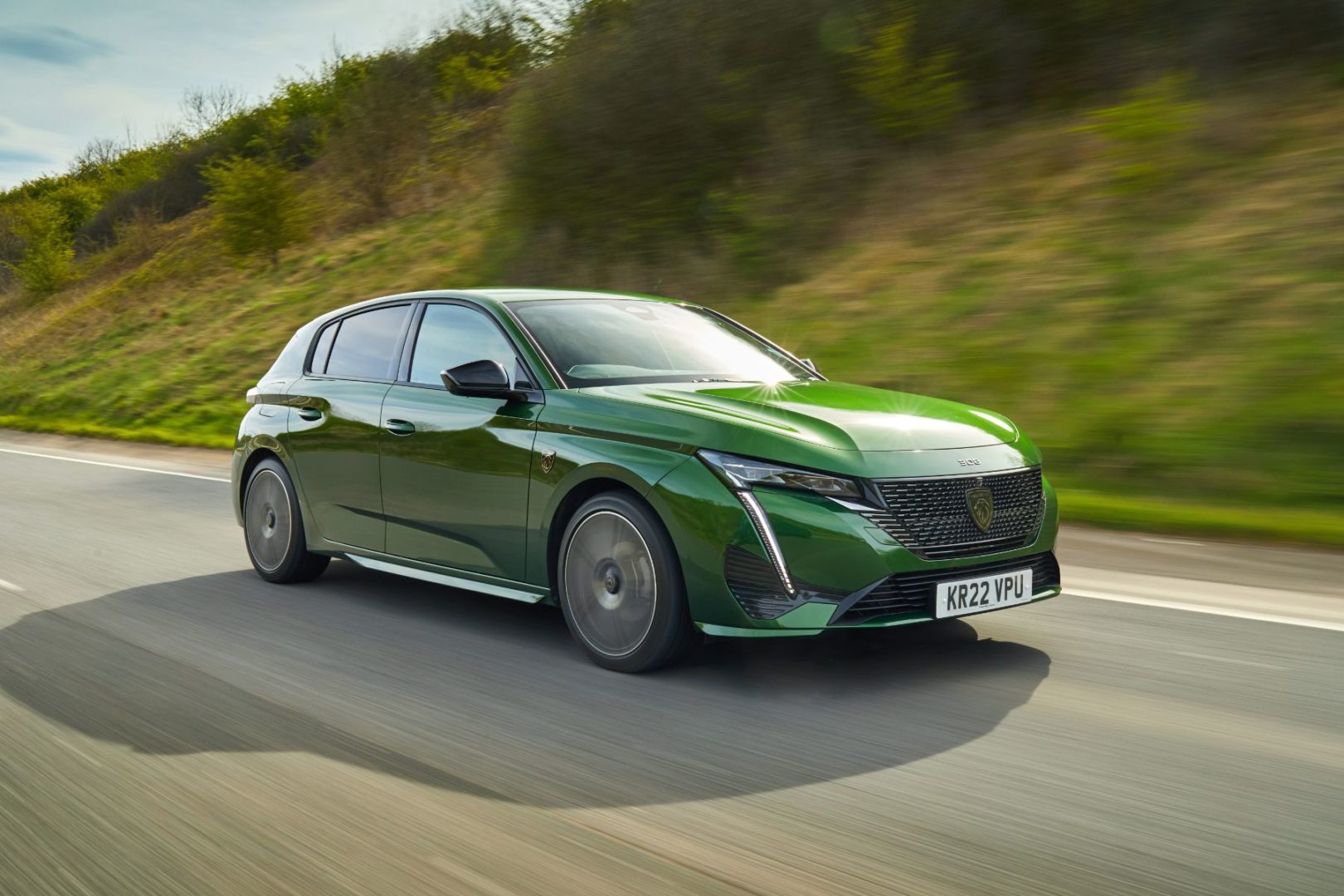
Our love affair with the hatchback began when the Renault 4 in 1961. Its wide-opening tailgate presented estate-like loading potential, and more than eight million were produced over three decades.
Initially, the saloon and estate refused to roll over and die, with innovative cars such as the Renault 16 and Austin Maxi failing to propel the hatchback into the mainstream. Things changed in the late 1970s though, when motorists finally saw the potential of the humble hatch.
The Oxford English Dictionary defines the hatchback as: ‘a car with a door across the full width at the back end that opens upwards to provide easy access for loading’.
A hatchback might be classed as a three-door or five-door, depending on the configuration, with the tailgate considered a door in itself. Today, three-door hatchbacks are less popular, with designers working hard to disguise the rear doors.
Modern hatchback buyers are spoilt for choice. The Peugeot 308 (pictured above) is among the best of the current crop.
Hot hatchback
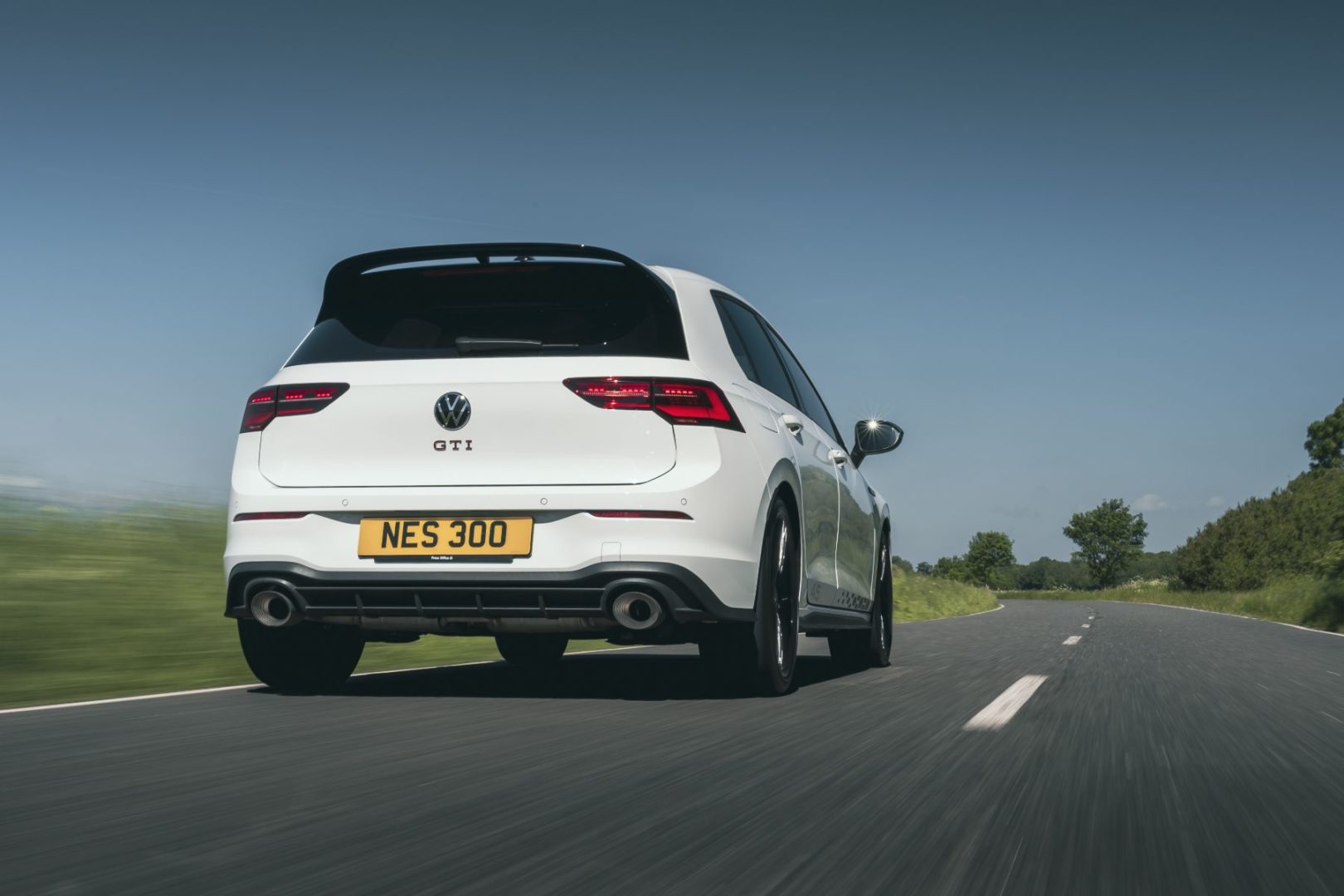
Without the hatchback, there wouldn’t be a hot hatch, which proves that practicality can be fun. Although these cars first flourished in the 1980s, there were fast hatchbacks before the term was used.
Models such as the Simca 1100 TI, Renault 16 TX, Chrysler Sunbeam TI and Renault 5 Gordini provided the necessary groundwork for the Volkswagen Golf GTI and Peugeot 205 GTI: the first cars to be labelled hot hatches.
For us, a real hot hatch needs to be usable every day, which rules out two-seat specials such as the Mini GP and Golf GTI Clubsport S. That said, a modern hot hatchback is just as likely to have five doors.
Saloon car
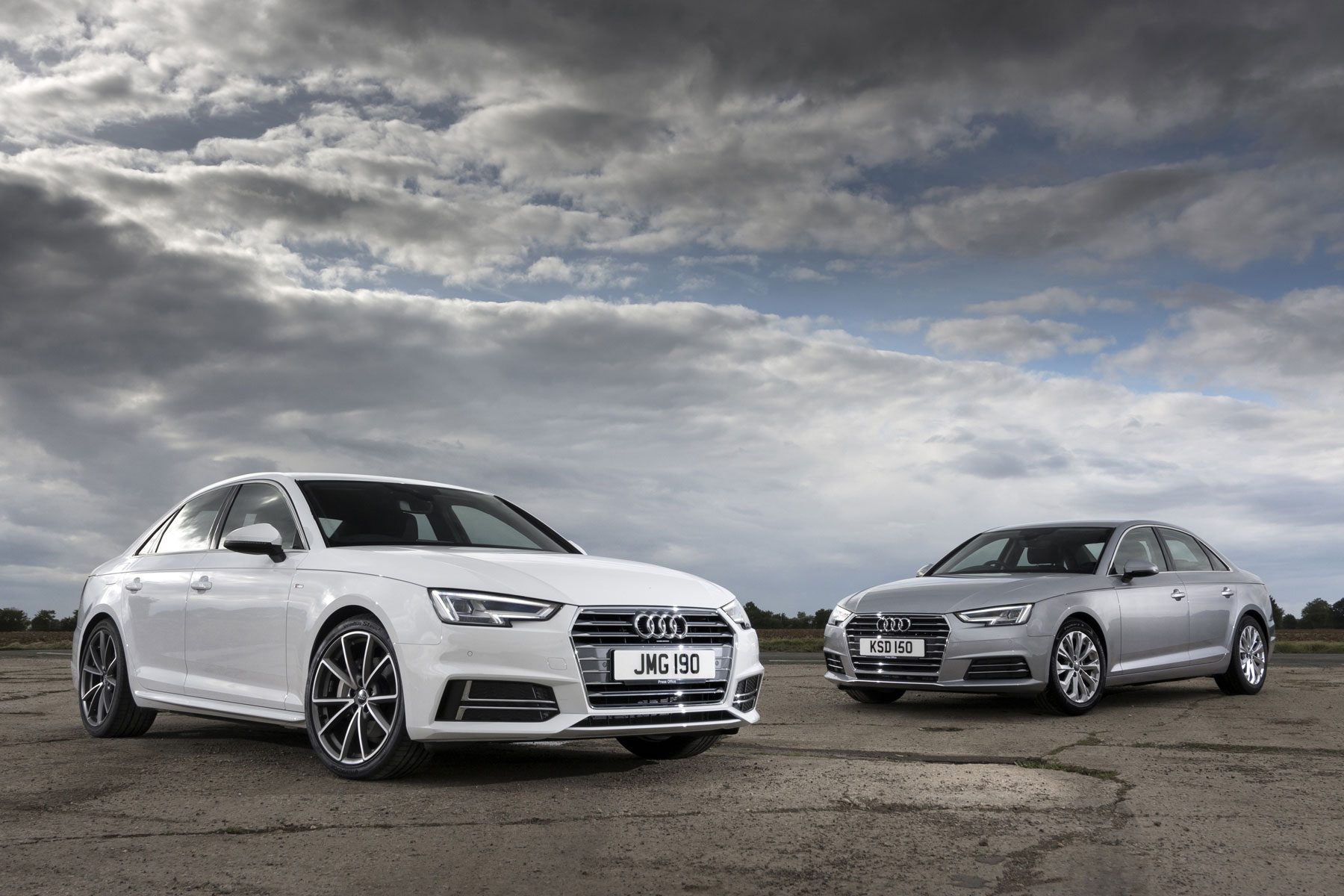
‘A car having a closed body and a closed boot separated from the part in which the drivers and passengers sit,’ is how the Oxford English Dictionary defines the saloon.
For generations, the family saloon was a familiar sight on Britain’s roads and the car you doodled in your sketchbook during double maths.
The boot opening is smaller than a hatchback, while the shape of the luggage area is shallower and less practical. However, many saloons are also offered in estate guise. See below.
The traditional three-box saloon might be a dying breed, but premium cars such as the BMW 3 Series, Mercedes-Benz C-Class and Audi A4 (pictured above) keep the segment alive.
Estate car
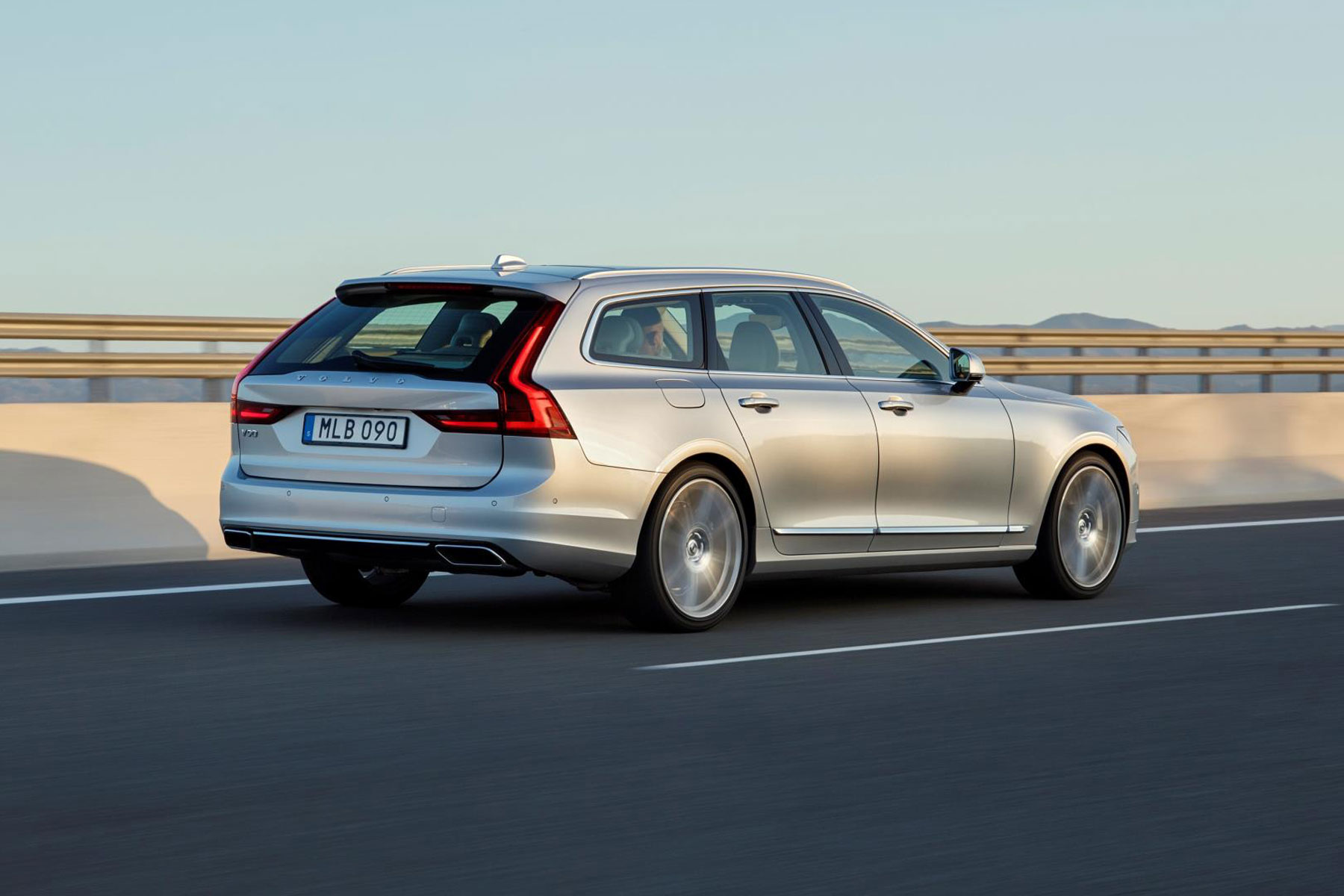
It’s all about space in this load-lugging class. You get the same level of comfort and equipment as a hatchback or executive saloon, plus a furniture-friendly boot. Estate cars usually feel more agile than equivalent SUVs, too.
If you occasionally venture off-road, vehicles such as the Audi A4 Allroad arguably offer the best of both worlds: raised ground clearance and four-wheel drive without the weight, inferior fuel economy and social stigma of an SUV. Many also prefer the long, sleek profile of an estate car – even once-boxy Volvo wagons look stylish now.
What’s common to all is a wealth of practical touches, such as fold-flat seats, electric tailgates, boot dividers and retractable tow bars. Given the loads these cars are expected to shift, many make more sense with a diesel engine.
MPV
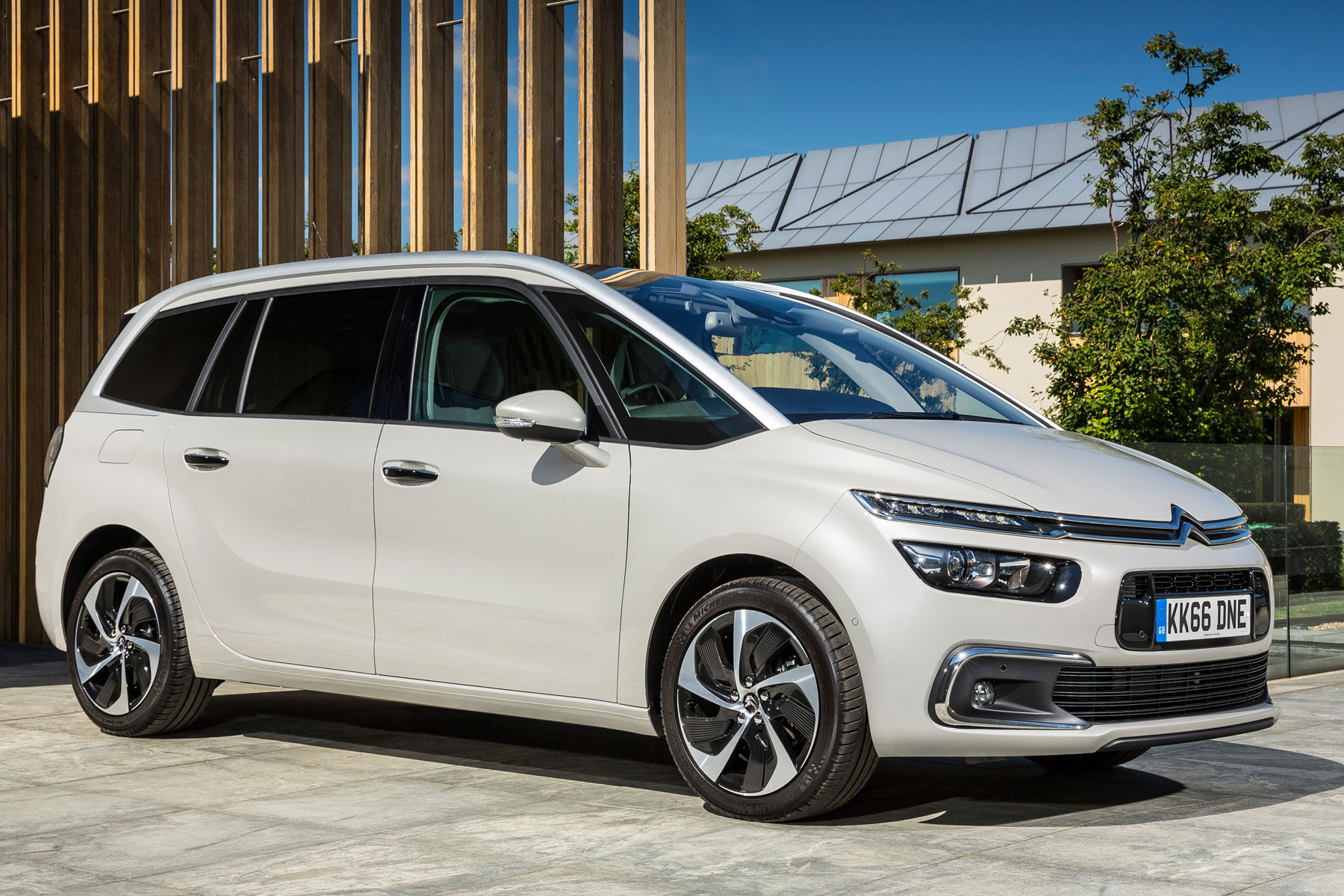
Whatever you call it, what we class as a minivan, people carrier or MPV (multi-purpose vehicle) can trace its roots back to the Chrysler Corporation’s Dodge Caravan and Plymouth Voyager, launched at the tail-end of 1983.
It didn’t take long for the rest of the world to catch on, with Renault blazing a trail in Europe with the Matra-designed Espace. It spawned a multitude of competitors, designed from the ground up to carry many passengers – usually five or seven – and their luggage.
Compact MPVs soon followed, often based on the platform and components of traditional family hatchbacks. Examples include the Renault Megane Scenic and Citroen Xsara Picasso.
Today’s MPVs are characterised by flexible seating arrangements and often sliding doors. There will be room for up to seven people, plus lots of clever storage space.
While the market is in decline, cars such as the Volkswagen Touran, Ford Galaxy and Citroen C4 Spacetourer (pictured above) remain faithful to the concept of practicality over style.
SUV
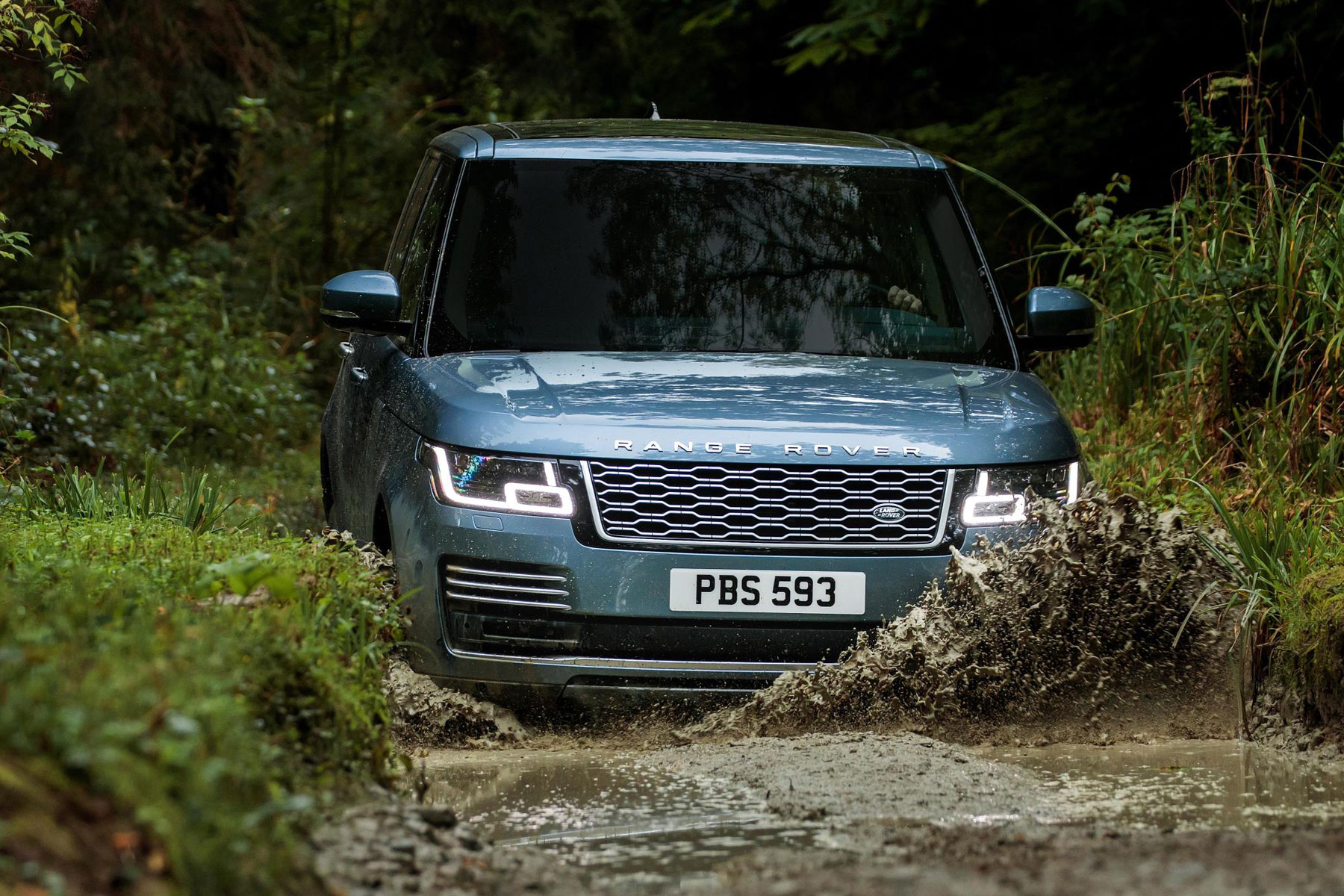
An SUV is a Sport Utility Vehicle, a term used historically to categorise a 4×4 or off-road vehicle. The SUV has its roots in military-derived vehicles, such as the Willys Jeep and Land Rover.
As time moved on, the SUV became less workmanlike and more lifestyle-led. The Jeep Wagoneer pioneered the idea of a sport utility vehicle long before the term was first used, feeling more car-like than any other 4×4 on the market.
Other SUVs soon followed, most notably the Range Rover, which first appeared in 1970. Early SUVs offered an off-road bias, with some feeling a tad primitive and unwieldy on the road, but today we expect them to offer a perfect blend of on- and off-road capabilities.
They come in all shapes and sizes, from the compact Suzuki Jimny to the luxurious Bentley Bentayga.
To be classed as an SUV, we expect a car to offer a commanding driving position, a practical interior and some off-road skills. Not all come with four-wheel drive, but as the majority spend their time entirely on tarmac, that’s not necessarily a deal-breaker.
Crossover
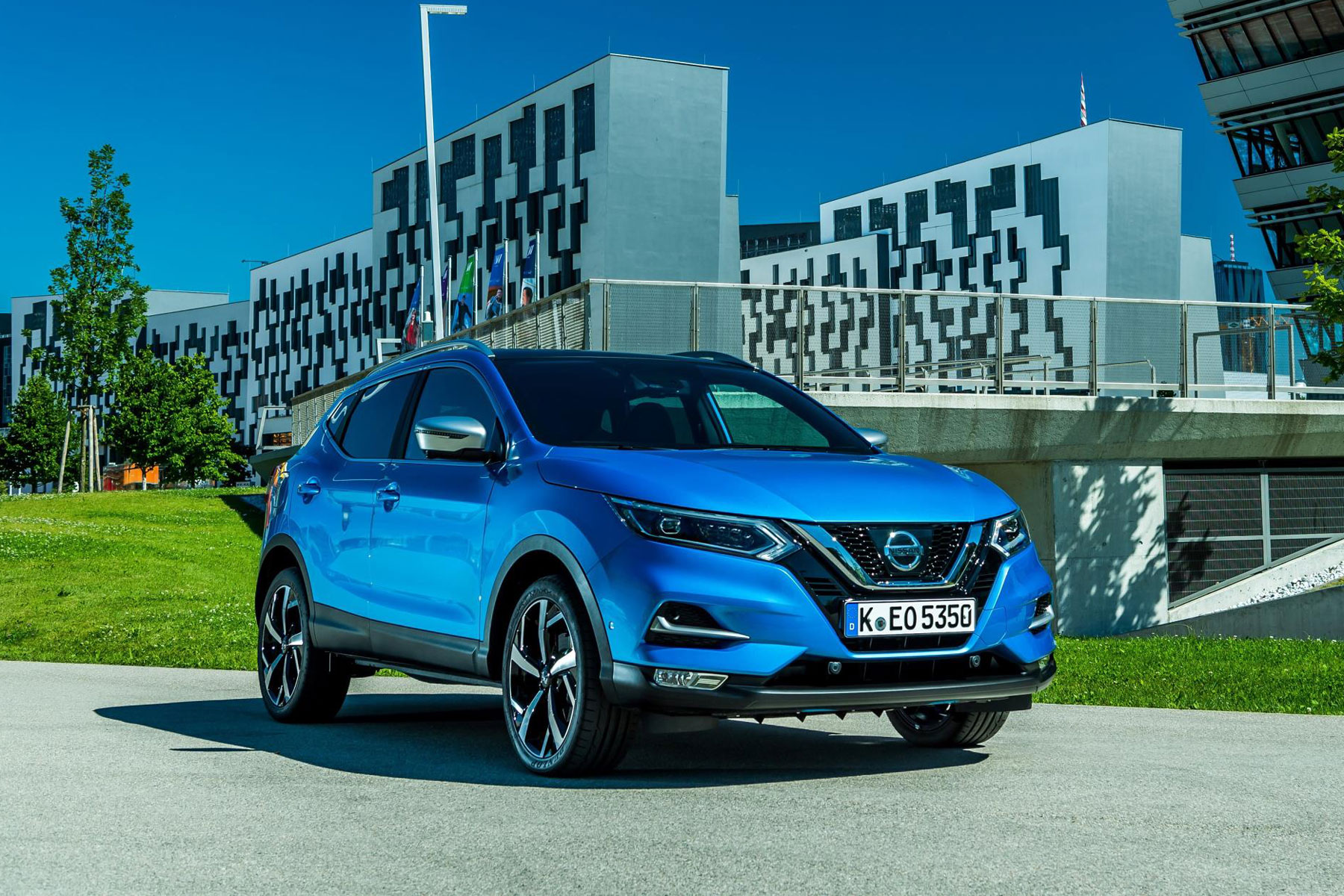
In essence, a crossover is a car with the lofty suspension and practicality of an SUV, but the running costs of a family hatchback. In other words, more urban-roader than off-roader.
The lines have been blurred by the increasingly car-like and more efficient SUVs, which spend more time on the road than off it.
The claim that Nissan invented the crossover with the 2006 Qashqai is nonsense, although it unquestionably led to the introduction of the term.
In respect of a front-wheel-drive crossover, the Matra Rancho led the way, although the world wasn’t quite ready for a car with off-road styling but next-to-no off-road ability.
City car
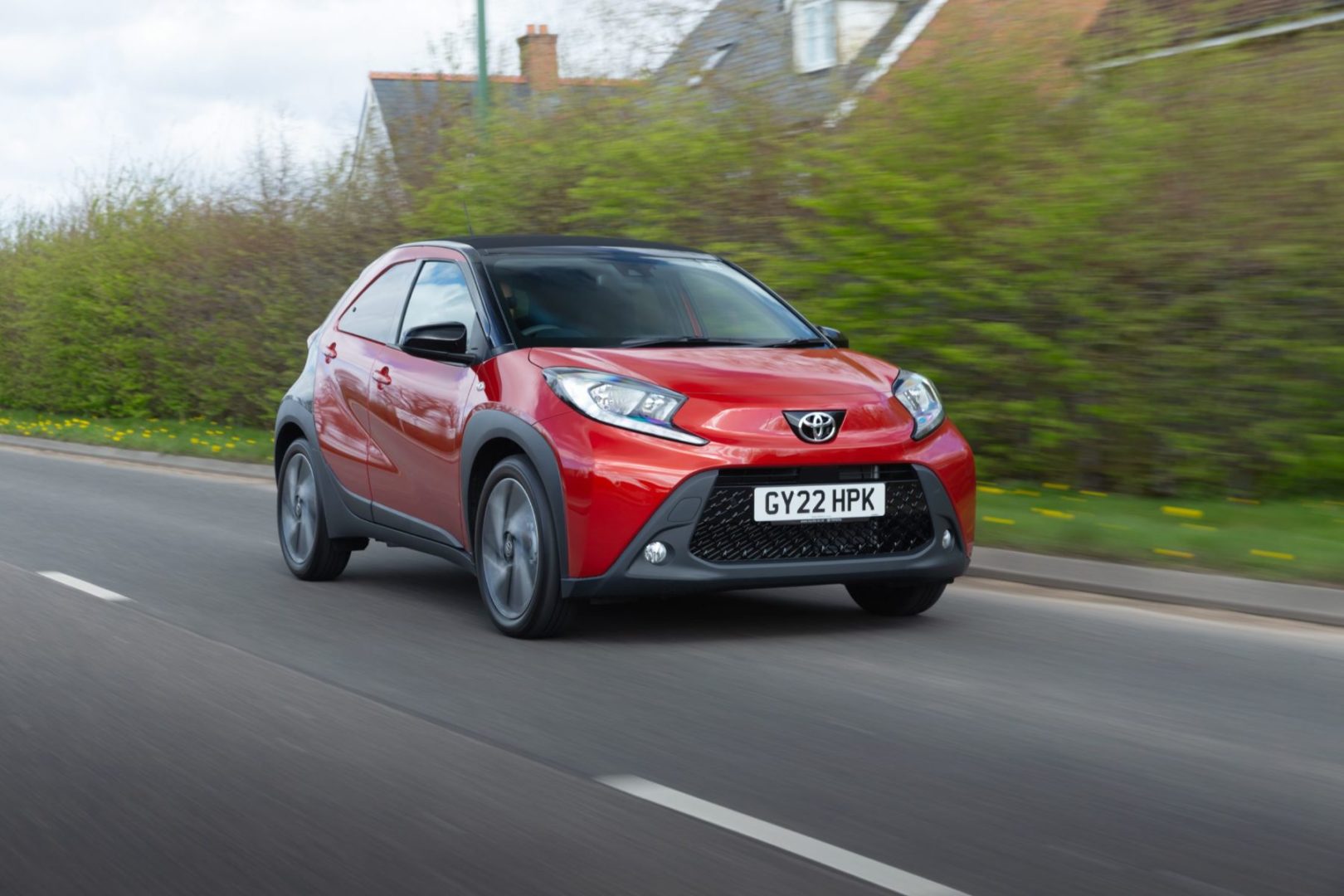
There should be no problems describing a city car, which is a small, fuel-efficient and best suited to urban driving.
City cars are designed to carry two people comfortably up-front, but legroom can limited in the back. Expect a small boot, too. On the plus side, compact dimensions (less than four metres long) mean they can use a small engine, so fuel bills and CO2 emissions will be low.
The BMW Isetta, Fiat Nuova 500 and Mini were early pioneers of the cutesy urban car concept, while today’s city cars might offer five doors and the level of kit you’d expect to find on something much larger and more expensive.
The near-identical Volkswagen Up, Seat Mii and Skoda Citigo triplets are recent examples of successful city cars. The Toyota Aygo X (pictured above) is a recent arrival, too.
Supermini
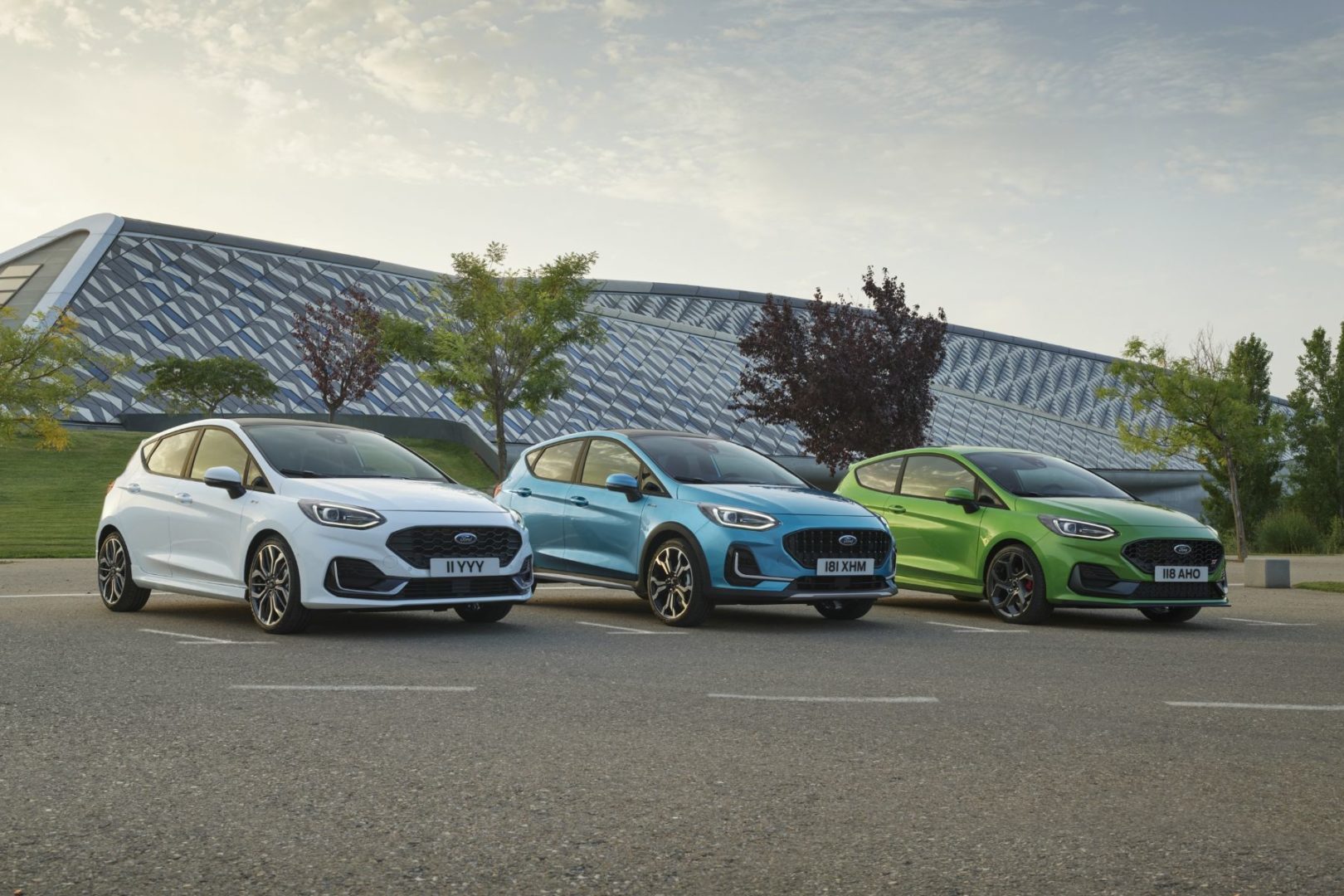
According to Austin 1100 Club historian, Chris Morris, the 1100 “was the first supermini, as we know them today.” You can understand the logic: here was a natural extension of the Mini, with compact proportions and a roomy interior.
Today, the Ford Fiesta is perhaps the archetypal supermini. Sized between a city car and a family hatchback, it offers cheap running costs and is as good to drive in town as on a long journey. Shame it’s being discontinued soon.
Coupe
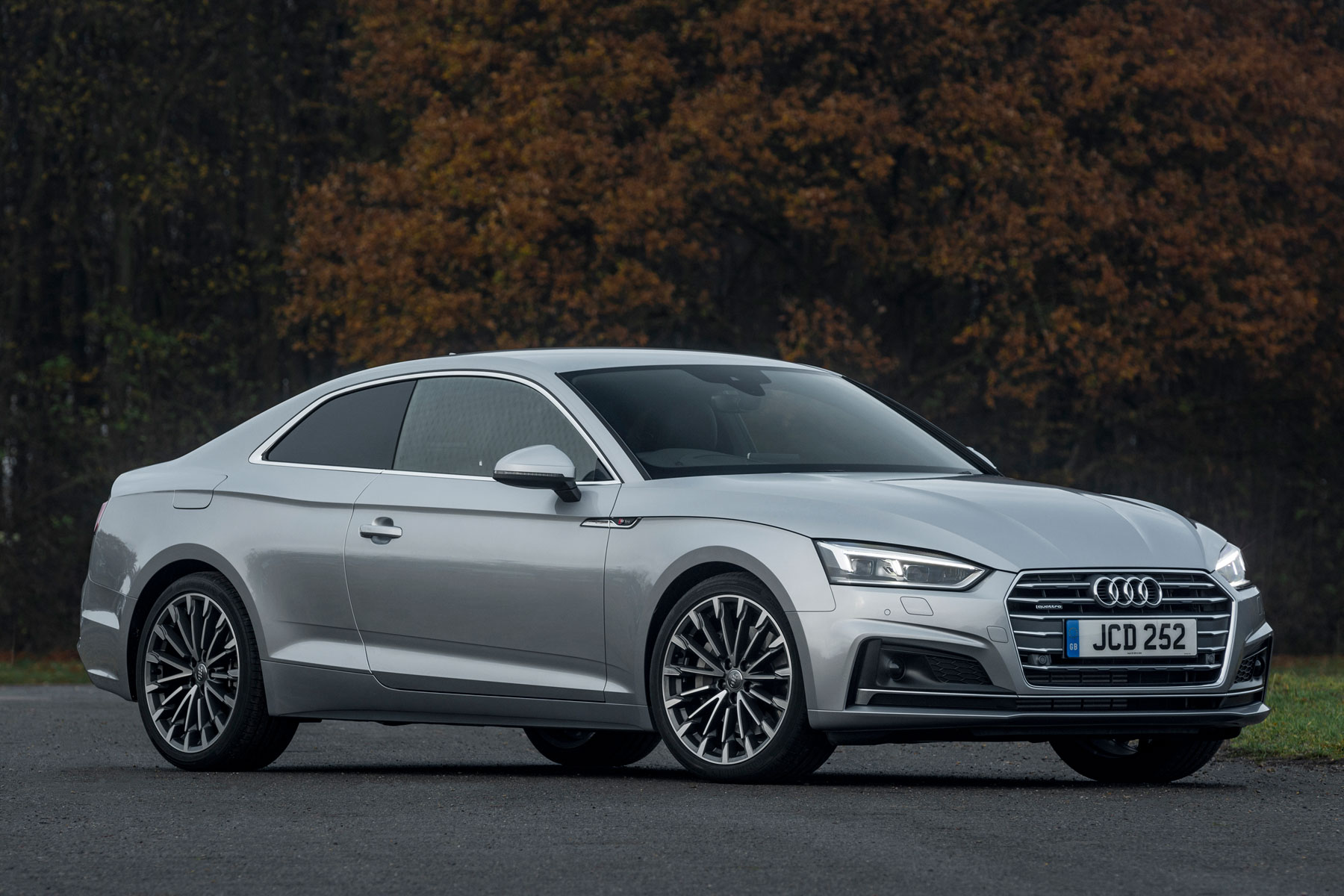
A coupe is traditionally a sporty-looking two-door car with a fixed roof, either with two seats or with two additional seats in the rear (known as a 2+2).
The name itself is derived from the French word for ‘cut’, and refers to the steep angle of the rear screen, which gives the coupe its rakish good looks. Popular examples include the Audi A5 (picture above) and BMW 4 Series.
Some of the German brands have attempted to stretch the definition by creating four-door coupes (such as the Mercedes-Benz CLS), but in reality, these tend to be nothing more than four-door saloons with restricted rear headroom.
Convertible
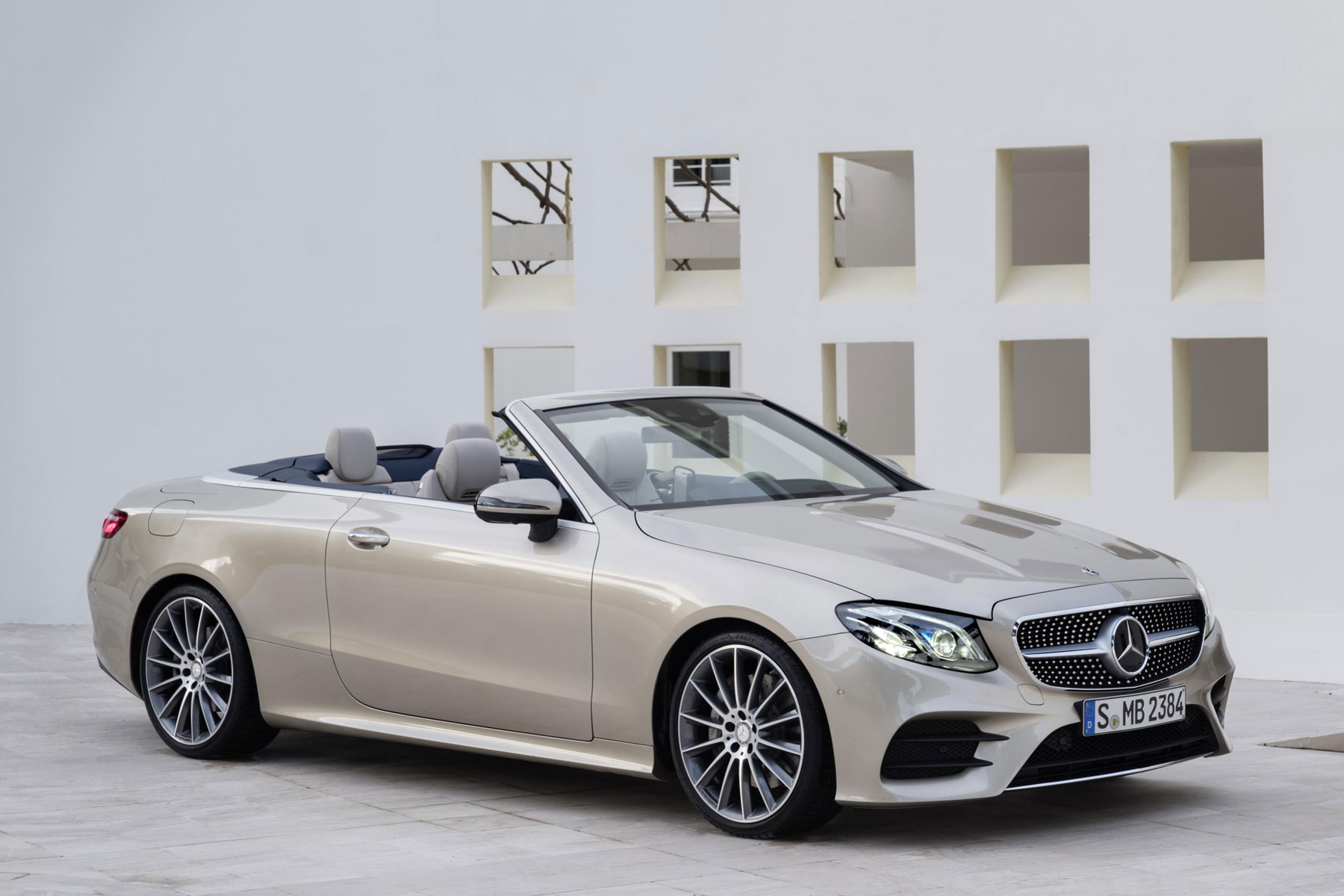
In Europe, only the Germans purchase more convertibles than the British. Turns out our far-from-tropical climate is no barrier to getting the top down at any given opportunity.
A convertible – or cabriolet – is four-seater or 2+2 with a removable or folding roof. Examples include the Mercedes-Benz E-Class Cabriolet (pictured above), Mini Convertible and now-defunct Range Rover Evoque Convertible.
The words are mostly interchangeable, with ‘cabriolet’ a French word first used in the 18th century to describe a light horse-drawn carriage. Convertible has more modern origins.
Roadster
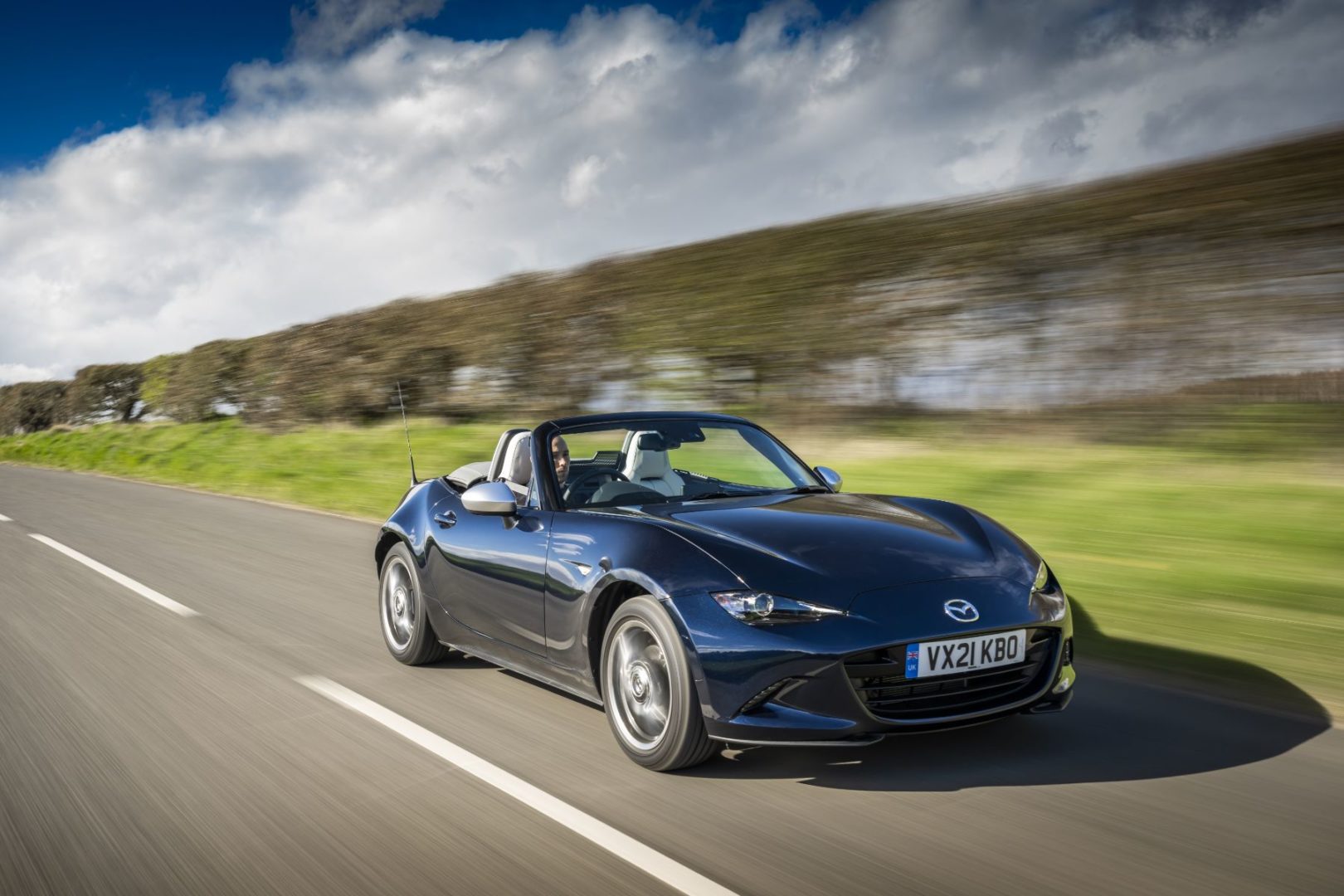
Once again, the word ‘roadster’ has its origins in the equine world. In the 19th century, the term was used to describe a horse with an ability to draw a carriage over vast distances in a single day.
From an automotive perspective, a roadster is an open sports car with seating for two, with the MGB and Triumph Spitfire two prime examples from the past.
Today, the evergreen Mazda MX-5 (pictured above) is the roadster most people think of first.
Targa
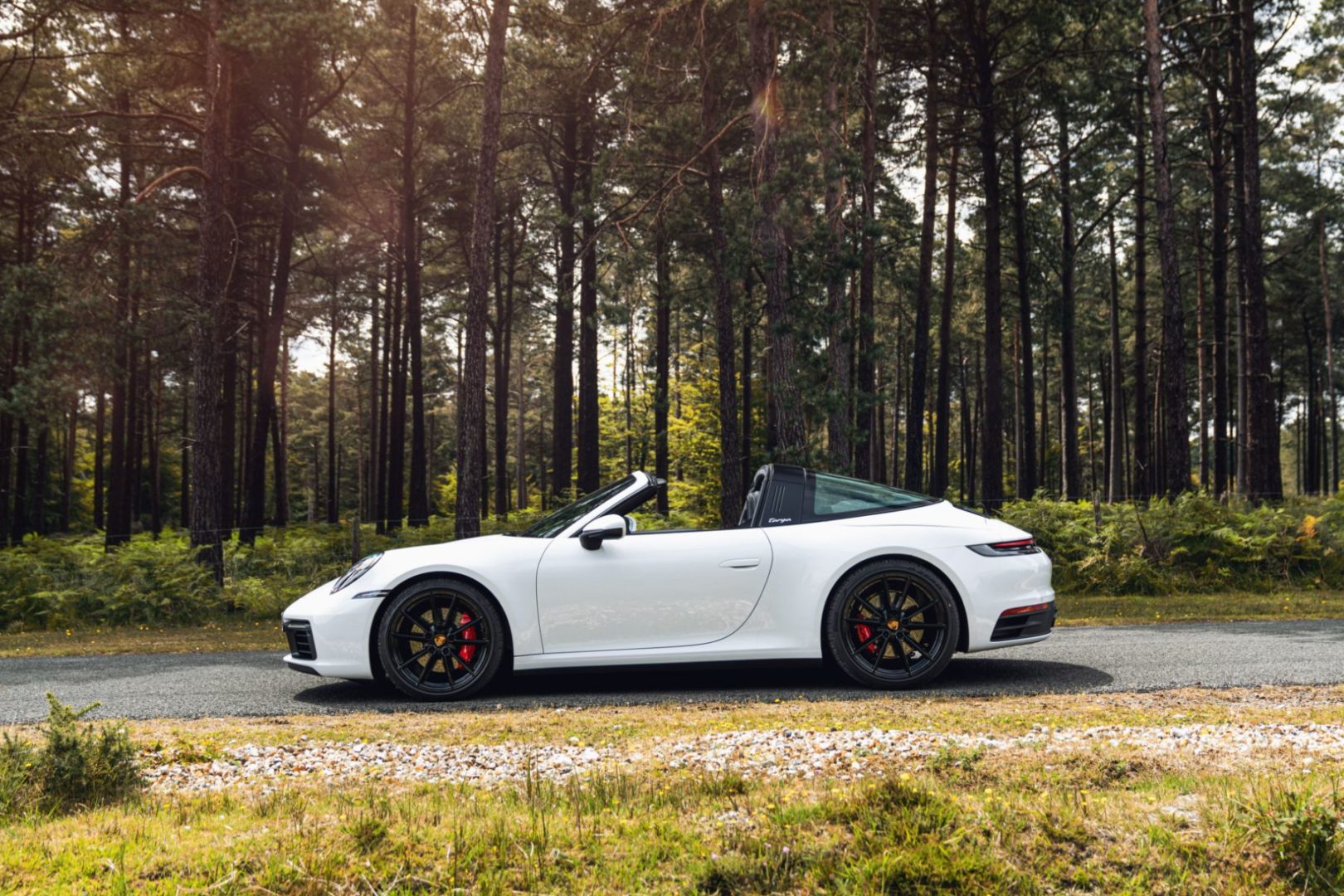
A Targa top is a semi-convertible body style with a removable roof section and a full-width roll bar behind the seats.
The name was first used by Porsche when it unveiled the 911 Targa in 1965, with the German firm having the foresight to trademark the name before the launch.
The 911 wasn’t the first car to feature a Targa roof, however. In 1961, Triumph created a ‘Surrey Top’ for the TR4, with the equivalent of a rear section of a hardtop and a removable canvas to bridge the gap between the windscreen and the rear of the car.
Sports car
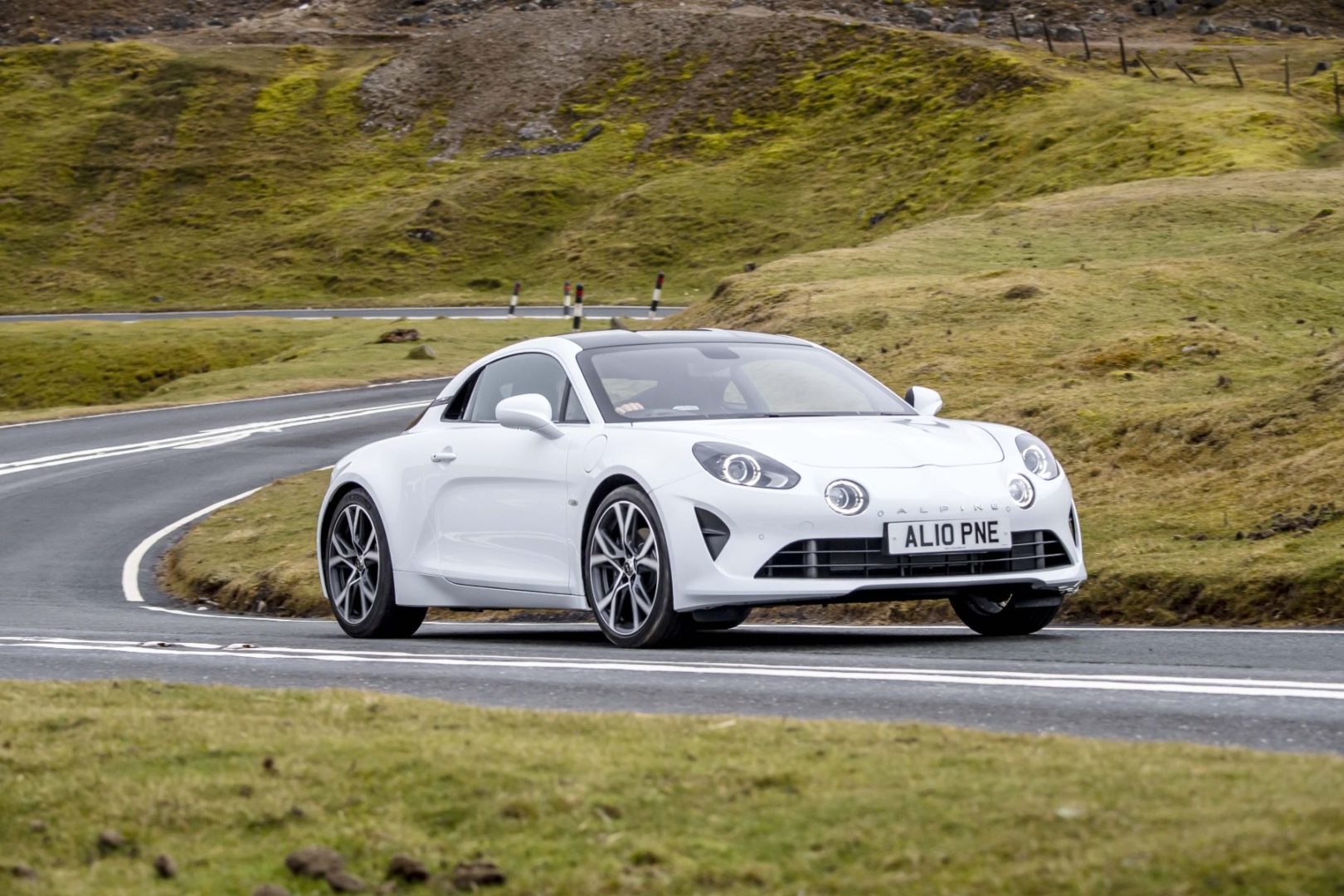
Things were simple in the black and white days of Terry Thomas. A sports car was an open two-seater with just enough power to perform.
An MGB was a sports car. A Ford Capri wasn’t. An Alpine A110 (pictured above) is a sports car. A Ford Mustang isn’t. And yet all four cars were built in the name of fun, with practicality sitting further down the list of priorities.
Today, the term has been extended, to include hard-top coupes such as the Toyota GR86 and Jaguar F-Type coupe.
Executive car
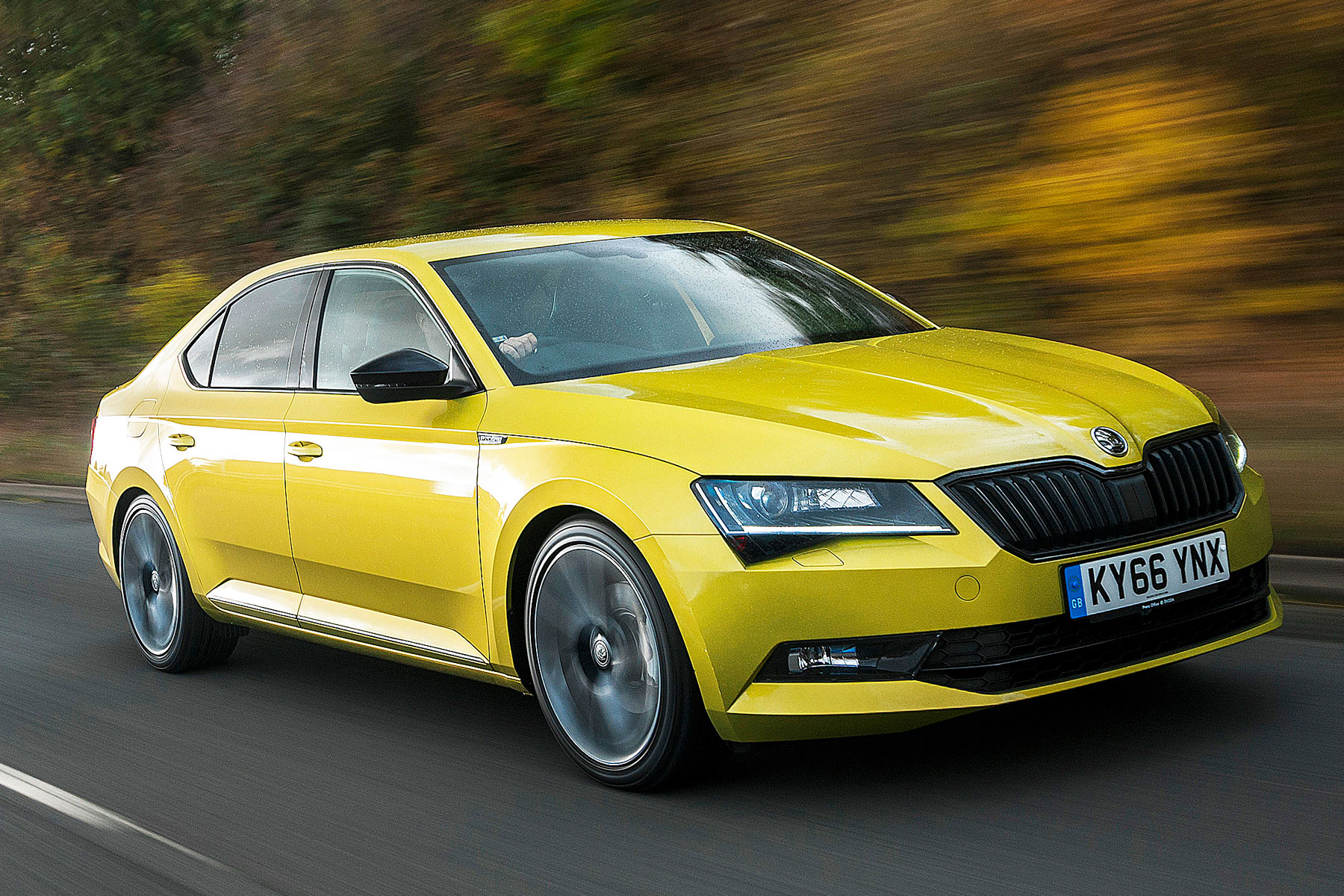
Euro NCAP uses the ‘executive’ tag to categorise cars such as the BMW 5 Series, Jaguar XF, Audi A6 and Skoda Superb (pictured above). In other words, cars slightly larger than a typical company motor.
There’s an aspirational quality to the executive car, seen as a cut above the ordinary family runabout. Something for middle managers to aim for: the carrot used as a motivational tool by MDs and CEOs.
Today, as carmakers push further upmarket, the ‘executive’ tag is more far-reaching. Everything from the Ford Mondeo to the Tesla Model S can be classed as an executive, with size no longer a barrier to entry.
Which is why the ‘exec’ label fits both the BMW 3 Series and the 5 Series.
Luxury car
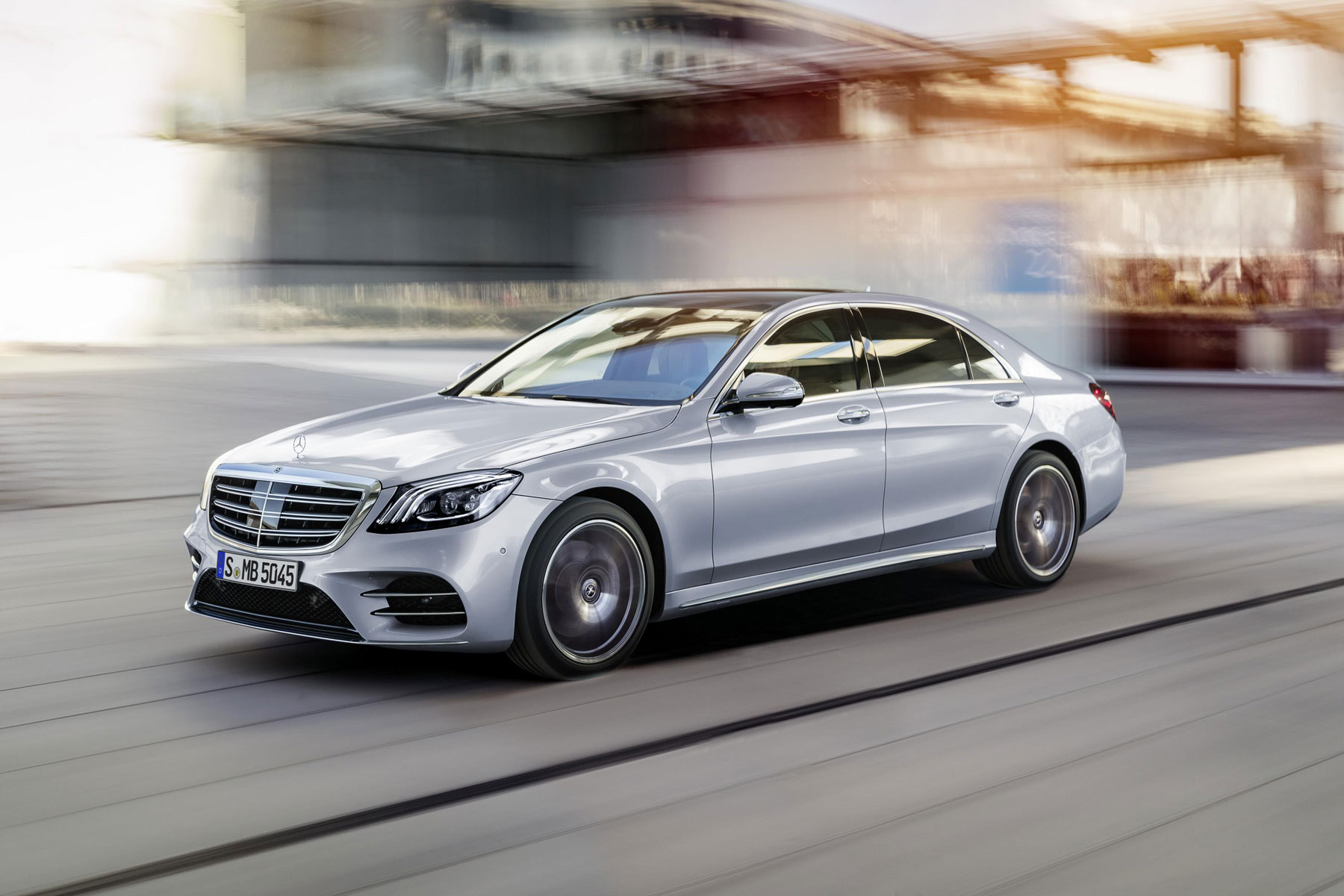
There’s a distinct gap between a premium motor and a luxury car.
To be considered luxurious, a car must leave nothing to chance in the pursuit of perfection. The most exquisite materials, impeccable craftsmanship and, in today’s world, the most cutting-edge technology.
The Mercedes-Benz S-Class, BMW 7 Series and Audi A8 are luxury cars, as is anything built by Rolls-Royce or Bentley.
Quadricycle
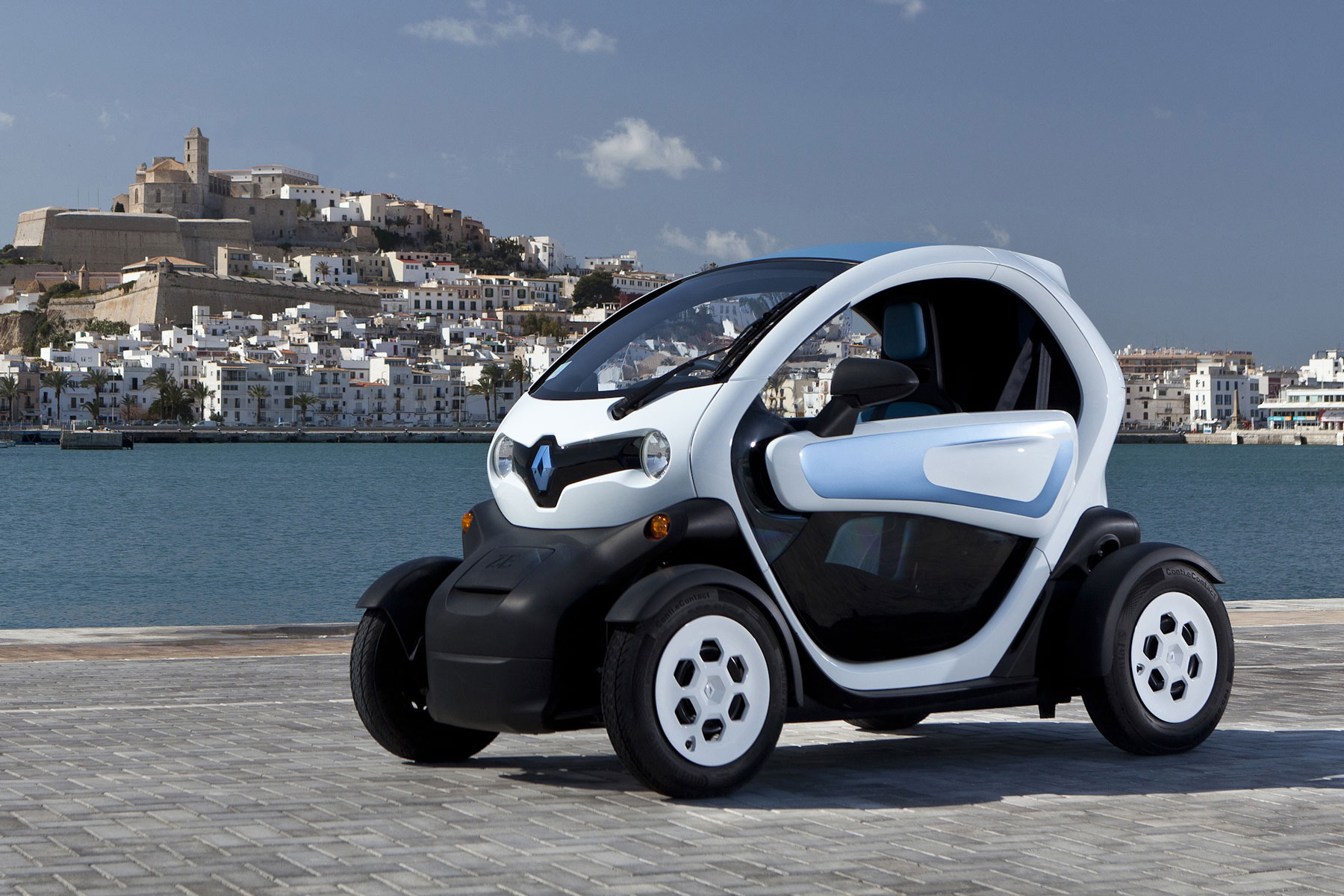
A quadricycle isn’t really a car. Instead, the EU places the four-wheeled vehicle in the same category as mopeds, motorcycles and motor tricycles.
There are two sub-categories: light and heavy quadricycles. Nip across to France, and you’ll find a multitude of these tiny, low-powered and lightweight vehicles. The predominant brands are Aixam and Ligier. In the UK, the Renault Twizy (pictured above) and Citroen Ami are the most prominent examples.
Supercar
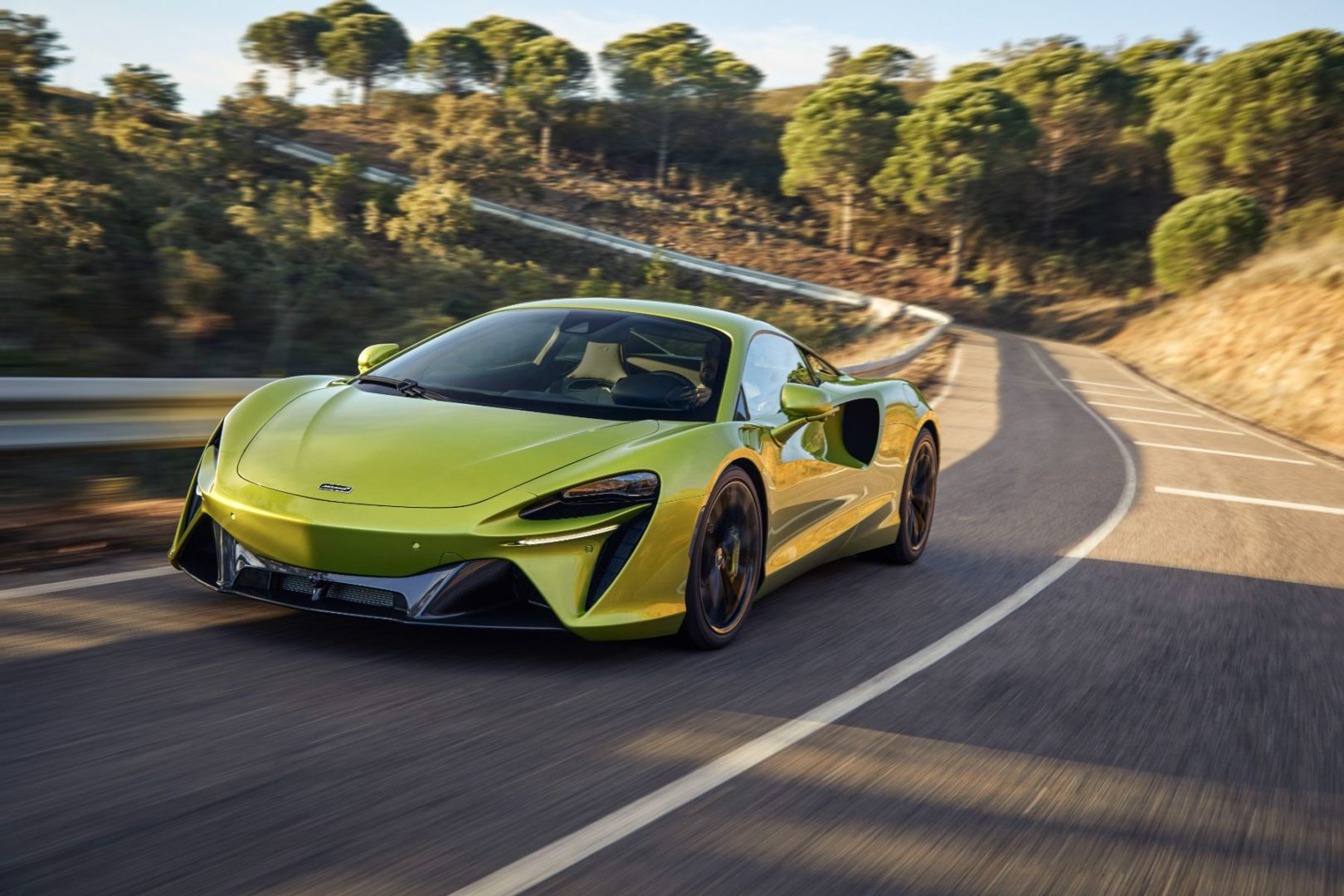
What was the first supercar? The Bugatti 57SC Atlantic of 1936? Maybe the Mercedes-Benz 300SL of 1954? How about the Lamborghini Miura of 1966? A tough call, but the trio helps to form a definition of what makes a supercar.
What do they have in common? An expensive price tag, exhilarating performance, drop-dead gorgeous styling and the capacity to make grown men (and women) go weak at the knees.
Above all else, if a child makes room on their bedroom wall for a poster of said car, then it is almost certainly a supercar. Think Ferrari 812 Superfast, Porsche 911 GT3 and Lamborghini Huracan.
Hypercar
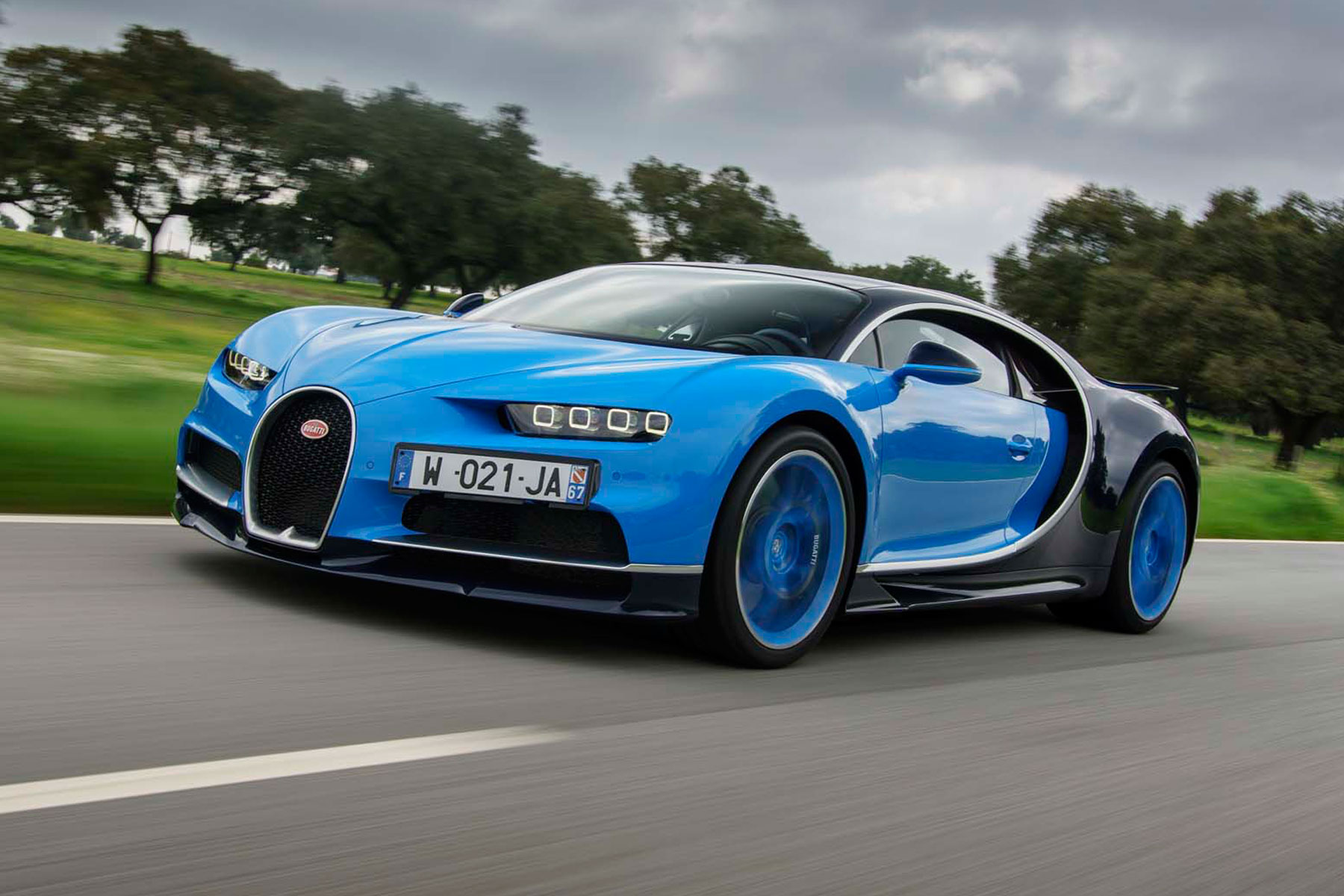
‘We can agree that both supercars and hypercars are expensive, exotic and fast. The difference between them is really a matter of extremeness. And in the case of companies with multiple models, the car’s position in the model line.
‘No hypercar has a more expensive or more exclusive corporate sibling.’ Maxim presents a pretty decent summation of the supercar versus hypercar debate.
The website goes on to claim that the Bugatti Veyron was ‘probably the first bona fide hypercar,’ which is something many people would agree with. Although we’d also add an honourable mention for the McLaren F1.
It’s all about excess and pushing the boundaries. The McLaren P1, Ferrari LaFerrari, Bugatti Chiron and Lotus Evija are 100 percent hypercar.
Pick-up
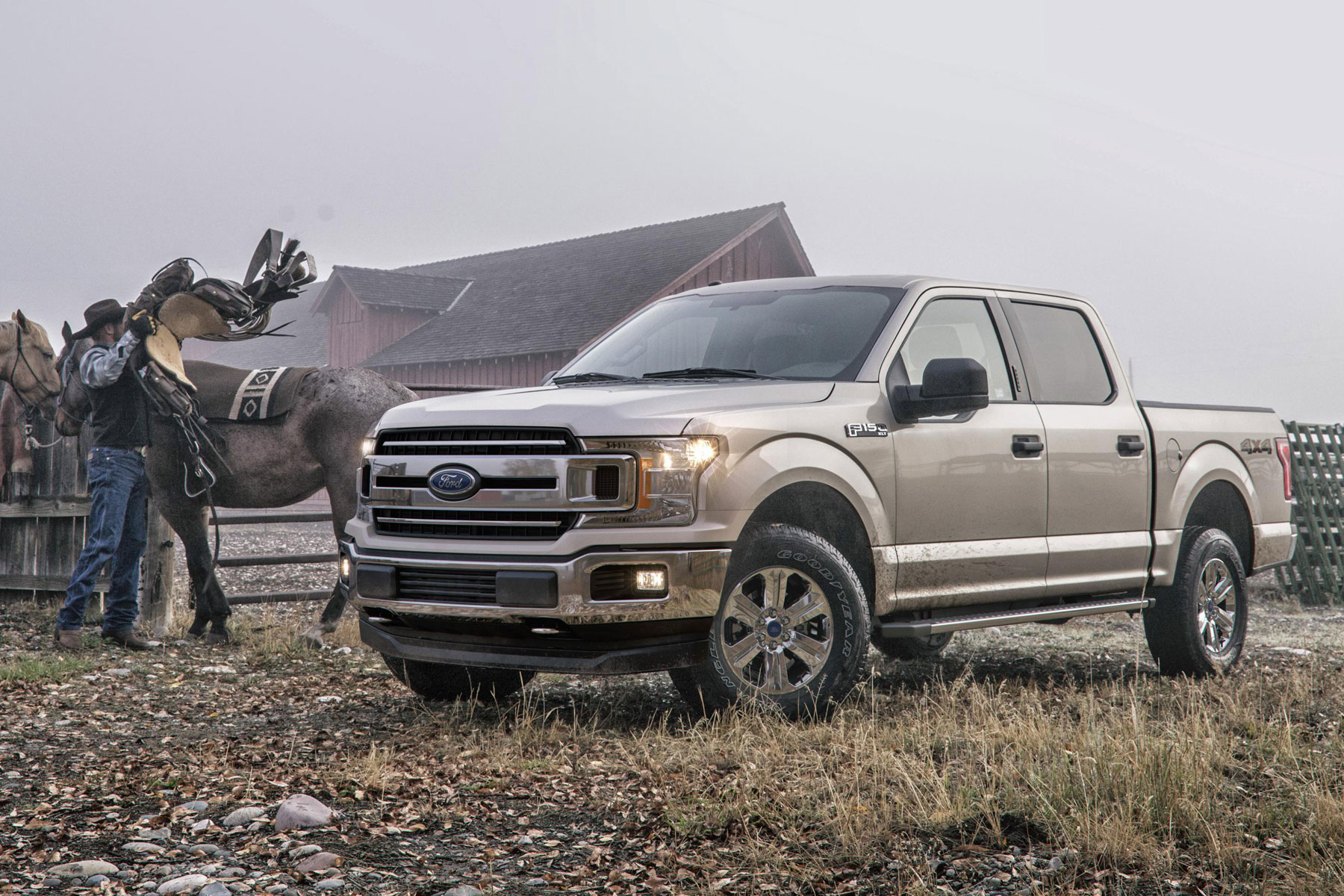
We conclude our rundown of the different car classifications with an easy one: the pick-up.
There are various types – double cab, crew cab, single cab – but thanks to the Ford F-Series, the humble and very versatile pick-up is the best-selling vehicle in the world.
ALSO READ:
How to drive safely on smart motorways